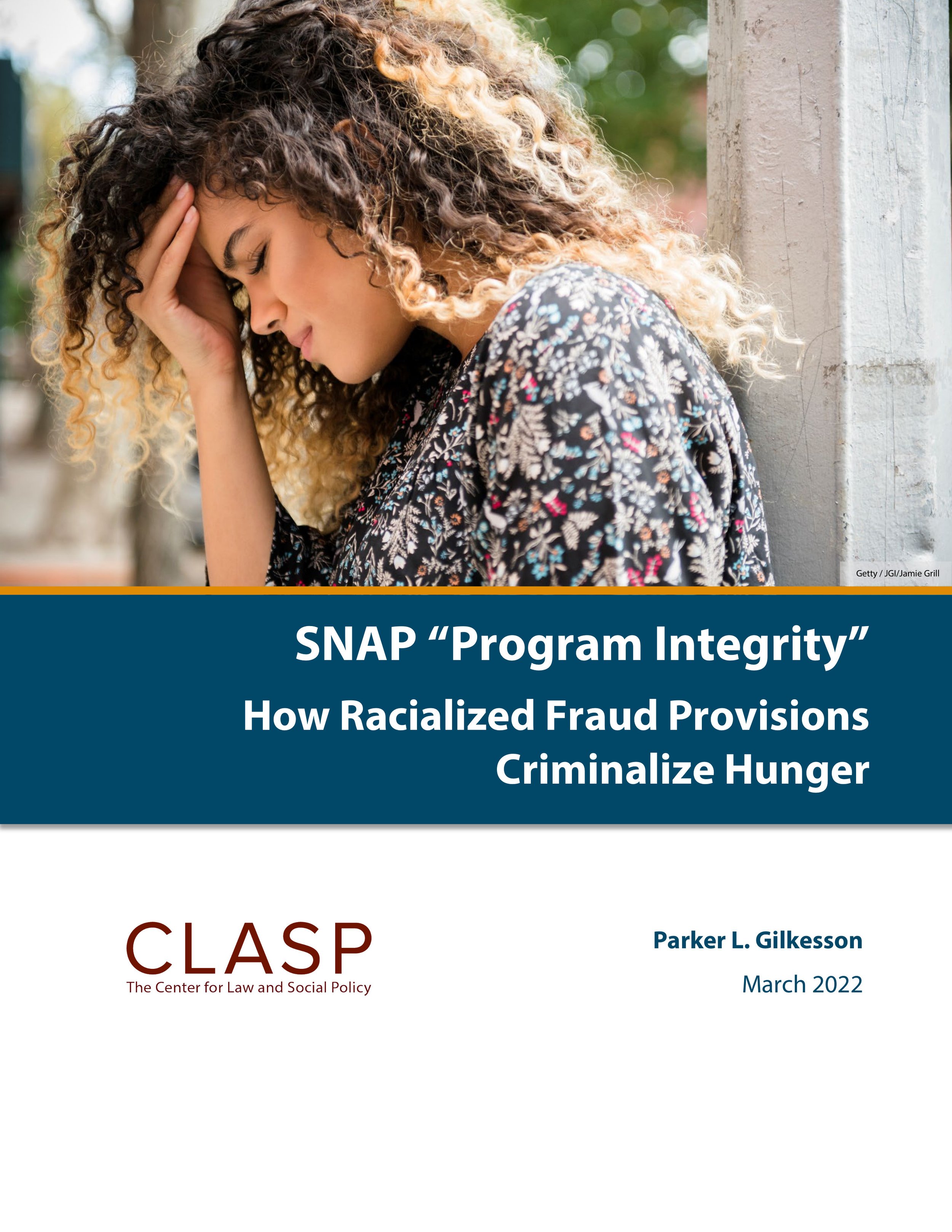By Megan K. McBride, Zack Gold, Pamela G. Faber, and Kaia Haney With contributions by William Rosenau and Alexander Powell
Concern about extremism in the military did not begin with the January 6 insurrection on the US Capitol, but media reporting on the issue increased in the wake of the attack, which ensured the kind of sustained attention that is often necessary to compel action. On February 5, Secretary of Defense Lloyd Austin directed a force-wide stand-down to address the problem. He also asked the Countering Extremism Working Group to update the Department of Defense (DOD) definition of extremist activities, update training modules so that transitioning servicemembers are aware that they might be targeted for recruitment by extremist organizations, and review the screening questions for new recruits in order to solicit information about extremist behavior. As part of a CNA-initiated project to examine past efforts to address extremism in the US military, we identified a number of interesting parallels between this issue and the problem of sexual harassment and sexual assault. The purpose of this paper is to describe and explain these parallels, and to identify lessons that DOD should learn from its past experiences trying to address sexual harassment and assault in the context of its current challenge with racial extremism. Critically, we are not arguing that DOD’s approach to sexual harassment and sexual assault has been successful. Nor are we arguing that sexual harassment, sexual assault, and racial extremism are equivalent or comparable violations. Our argument is more modest: DOD’s approach to sexual harassment and sexual assault contains elements that are relevant to the problem of racial extremism and could provide a foundation on which to identify both helpful and unhelpful ways of approaching this issue.
Arlington, VA: CNA, 2021. 72p.





















